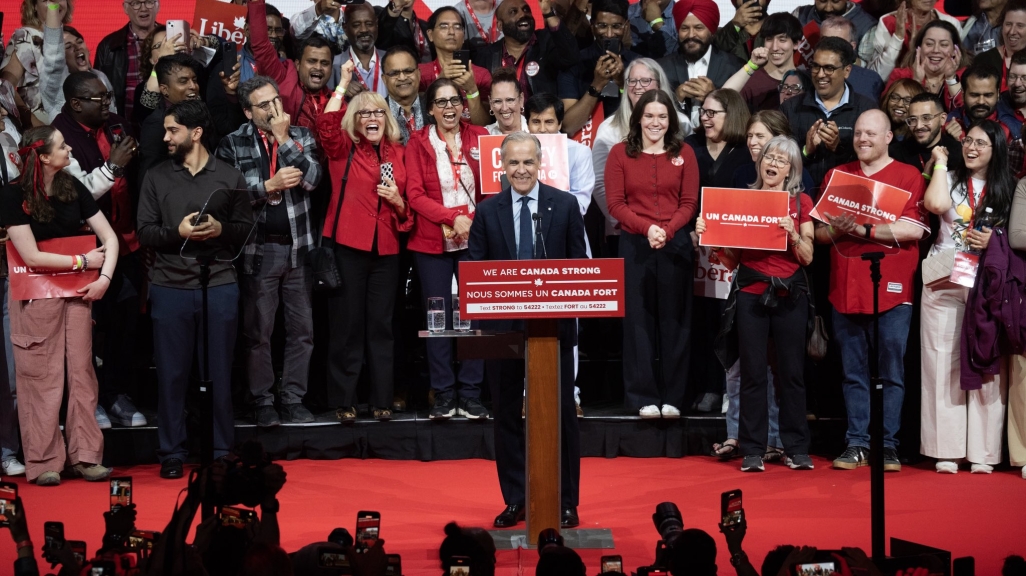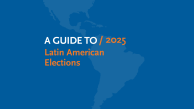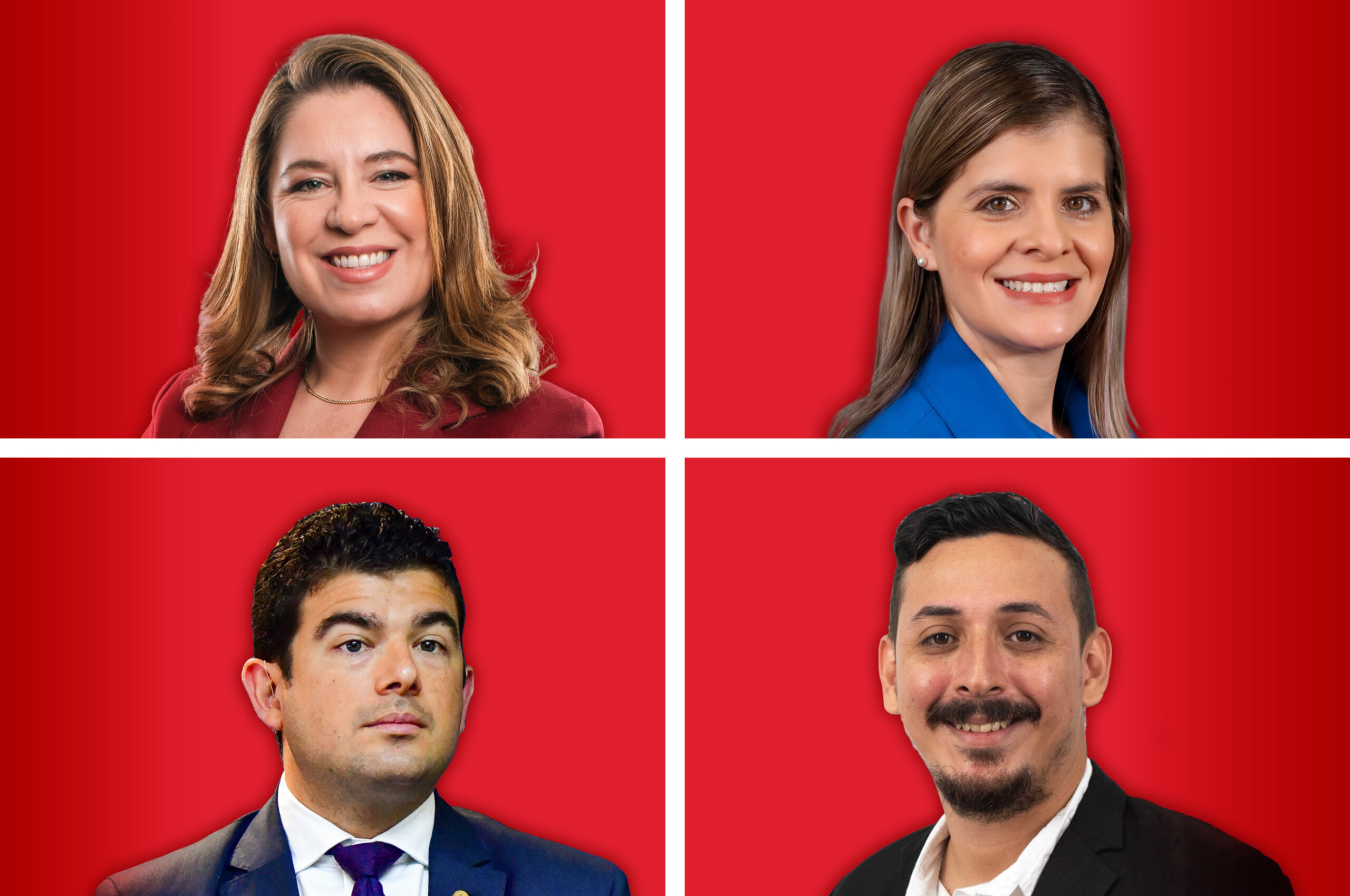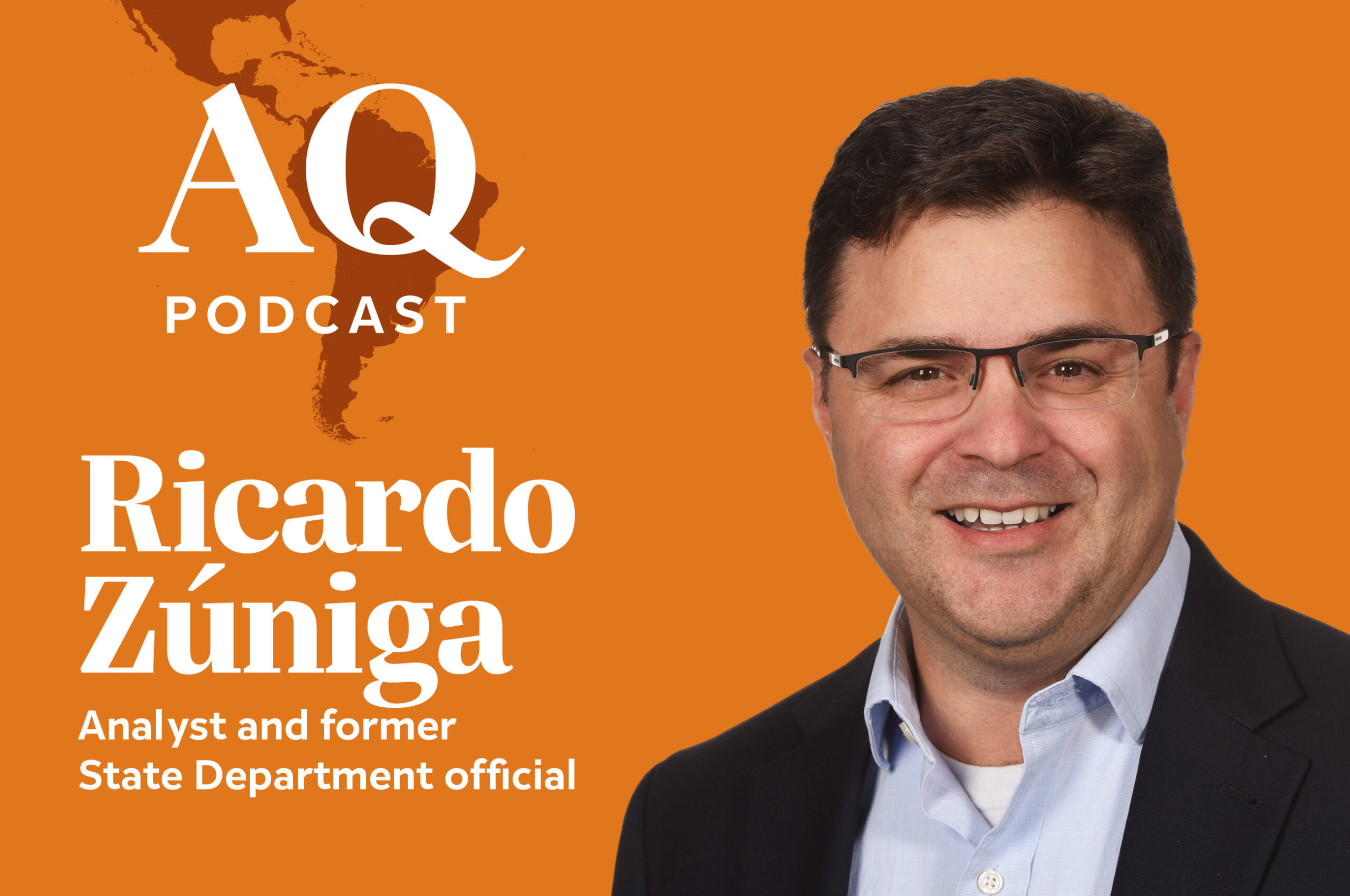The Liberal Party Wins in Canada
The Liberal Party Wins in Canada
The Liberals, who surged since the resignation of Justin Trudeau, will remain in power for a fourth consecutive term.
This article was originally published on April 30, 2025, and has since been updated.
On April 28, Canada’s Liberal Party won the country’s federal election, granting Prime Minister Mark Carney a full four-year term. The win marks the start of a fourth consecutive term for the Liberal Party. The Conservative Party captured the second most seats, though its leader, Pierre Poilievre, lost his own seat in the House of Commons. Still, the Liberals, who fell three seats short of occupying half of Parliament, will govern with a minority.
Carney, the former head central banker for both Canada and England, was sworn in as prime minister on March 14, following his victory in a Liberal Party leadership contest. That race was held to replace Justin Trudeau, who resigned in January following a decline in popular support and the loss of backing of key members of his administration, including Deputy Prime Minister Chrystia Freeland.
Days after being sworn in, Carney called for snap elections, saying that Canada faces “the most significant crisis of our lifetimes because of President Trump’s unjustified trade actions and his threats to our sovereignty.” Canada’s federal election was originally scheduled for October. The call for snap elections gave parties 37 days to campaign, the minimum number required by law for an electoral cycle.
“The result in one way was predictable, but also stunning,” said Eric Farnsworth, AS/COA’s vice president. “Predictable in that most of the polls had the liberals winning in some fashion, but stunning because, just a few weeks ago, the Conservatives had a significant lead that some were calling insurmountable.”
In late December and early January, before Trump’s inauguration and Trudeau’s resignation, opinion polls showed the Conservative Party had a lead of almost 25 percentage points over the Liberal Party. By the end of March, just days after Carney was sworn in, polls flipped, favoring the Liberals.
“The elections in the United States and the positioning of the U.S. administration around Canada—in terms of not just tariffs and threats of additional tariffs, but also designs on Canadian territory—unified the Canadian people around issues that wouldn’t normally drive Canadian elections,” said Farnsworth. “For Canadian purposes, the United States really is domestic policy. The United States relationship is so fundamental to Canada’s own wellbeing. It’s the first, second, and third issue outside of Canada’s borders that is dealt with. It’s as much a domestic issue as a foreign policy issue.”
The election was a tight race in which the Liberal Party emerged victorious with 170 of the 343 seats in the House of Commons. Canadians do not vote directly for their prime minister, but rather for individual members of Parliament. In 2023, Canada implemented a redistribution of federal electoral districts, resulting in five additional seats.
“I think Prime Minister Carney is going to be focused on two things: One is managing the relationship with the United States and two is juicing the Canadian economy—and the two are directly related,” said Farnsworth.
During his victory speech, Carney called the race the “most consequential election.” He spoke directly about President Trump, saying he is “trying to break us so that America can own us. That will never, that will never ever happen.” He also said that Canada’s “old relationship with the United States, a relationship based on steadily increasing integration, is over.”
AS/COA covers 2025's elections in the Americas, from presidential to municipal votes.










